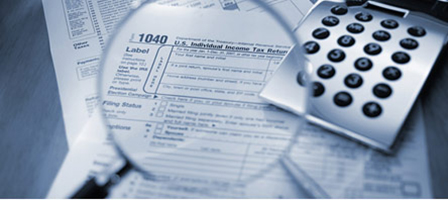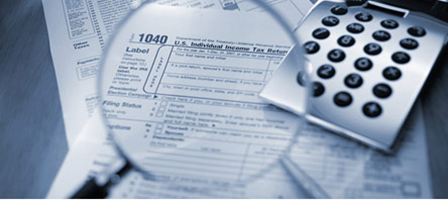AVOIDING UNDERPAYMENT PENALTIES
Congress considers our tax system as a “pay-as-you-go” system. To facilitate that concept, the government has provided several means of assisting taxpayers in meeting the “pay-as-you-go” requirement. These include:
- Payroll withholding for employees;
- Pension withholding for retirees; and
- Estimated tax payments for self-employed individuals and those with other sources of income not covered by withholding.
When a taxpayer fails to prepay a safe harbor (minimum) amount, they can be subject to the underpayment penalty. This penalty is 3 percentage points higher than the federal short-term rate and the penalty is computed on a quarter-by-quarter basis.
Federal tax law does provide ways to avoid the underpayment penalty. If the underpayment is less than a de minimisamount, no penalty is assessed. The de minimis amount is $1,000. This means, if you owe $1,000 or less on your tax return, you will not be subject to the federal underpayment penalty. In addition, the law provides “safe harbor” prepayments. There are two safe harbors:
1. The first safe harbor is based on your total tax in the current year. If your payments equal or exceed 90% of your tax in the current year, you can escape a penalty.
2. The second safe harbor is based on your total tax in the immediately preceding tax year. If your payments equal or exceed 100% (110% if your prior year’s adjusted gross income was more than $150,000, or $75,000 if married filing separately) of your prior year’s tax, you can escape a penalty.
Example: Suppose your current year tax is $10,000, and your current year prepayments total $5,800. The result is that you owe an additional $4,200 on your current year tax return. To find out if you owe a penalty, see if you meet the first safe harbor exception. Since 90% of $10,000 is $9,000, your prepayments fell short of the mark. You can’t avoid the penalty under this exception.
However, the other safe harbor may still apply. Assume your prior year tax was $5,000 and your prior year income was $50,000. Since you prepaid $5,800, which is greater than 100% of the prior year’s tax of $5,000, you qualify for this safe harbor and can escape the penalty. If your prior year income exceeded $150,000 (and you didn’t file as married separate), your prepayment target would be $5,500 (110% x $5,000). Having prepaid $5,800, you’d also avoid the penalty.
This example underscores the importance of making sure your prepayments are adequate, especially if you have a large increase in income. This is common when there is a large gain from the sale of stocks, sale of property, when large bonuses are paid, when a taxpayer retires, etc.
To qualify for this safe harbor, not only must your prepayments equal at least 100% (or 110% if applicable) of your prior year’s tax, they must be paid equally no later than the dates specified by law, which generally are the April 15, June 15, and September 15 of the current year and January 15 of the following year.
Most states follow the same rules as the federal regarding the de minimis exception and safe harbors, but the de minimis amount may be less and the payment dates for the estimated tax installments may vary. Please check with this office for the details.







Leave a Reply
Want to join the discussion?Feel free to contribute!